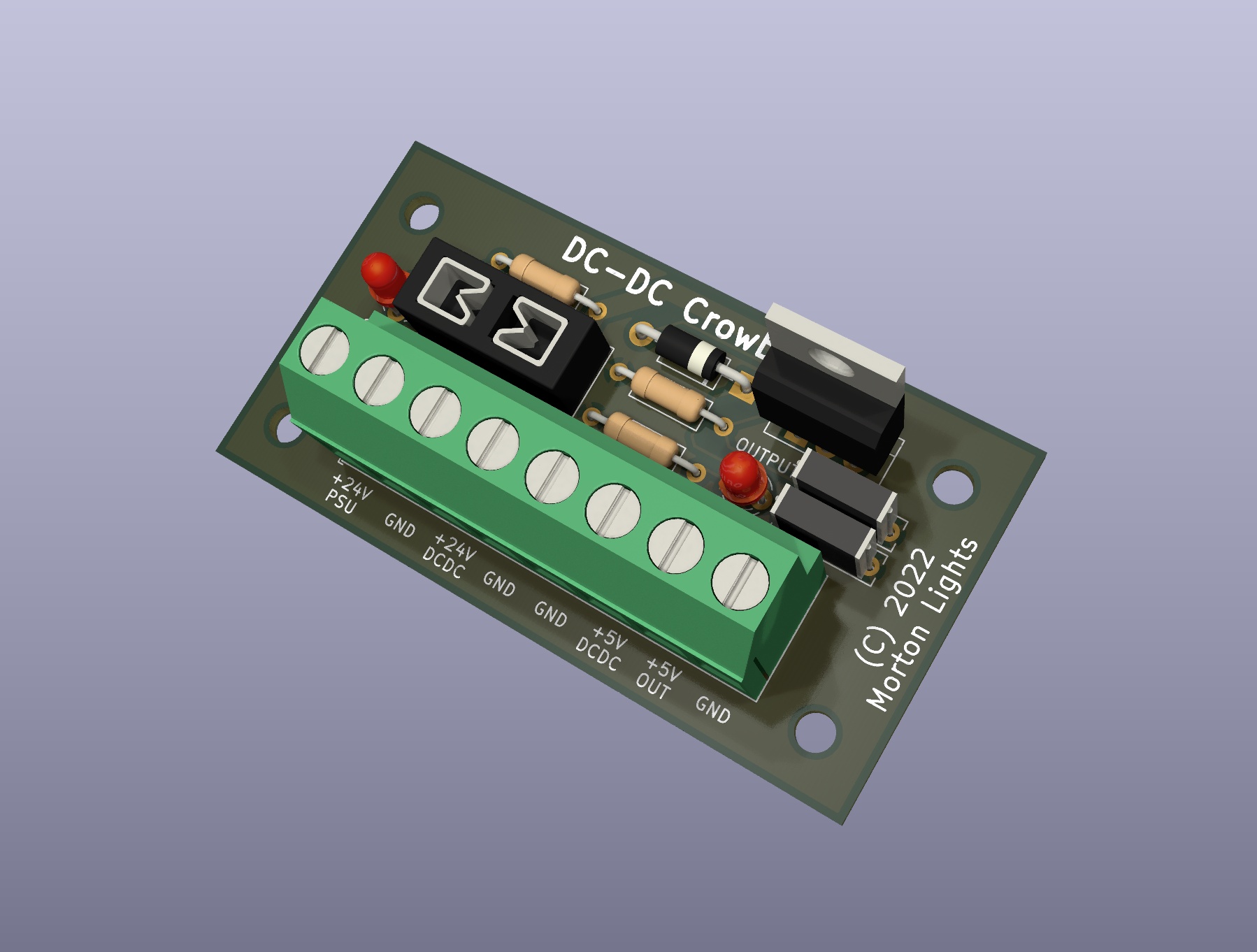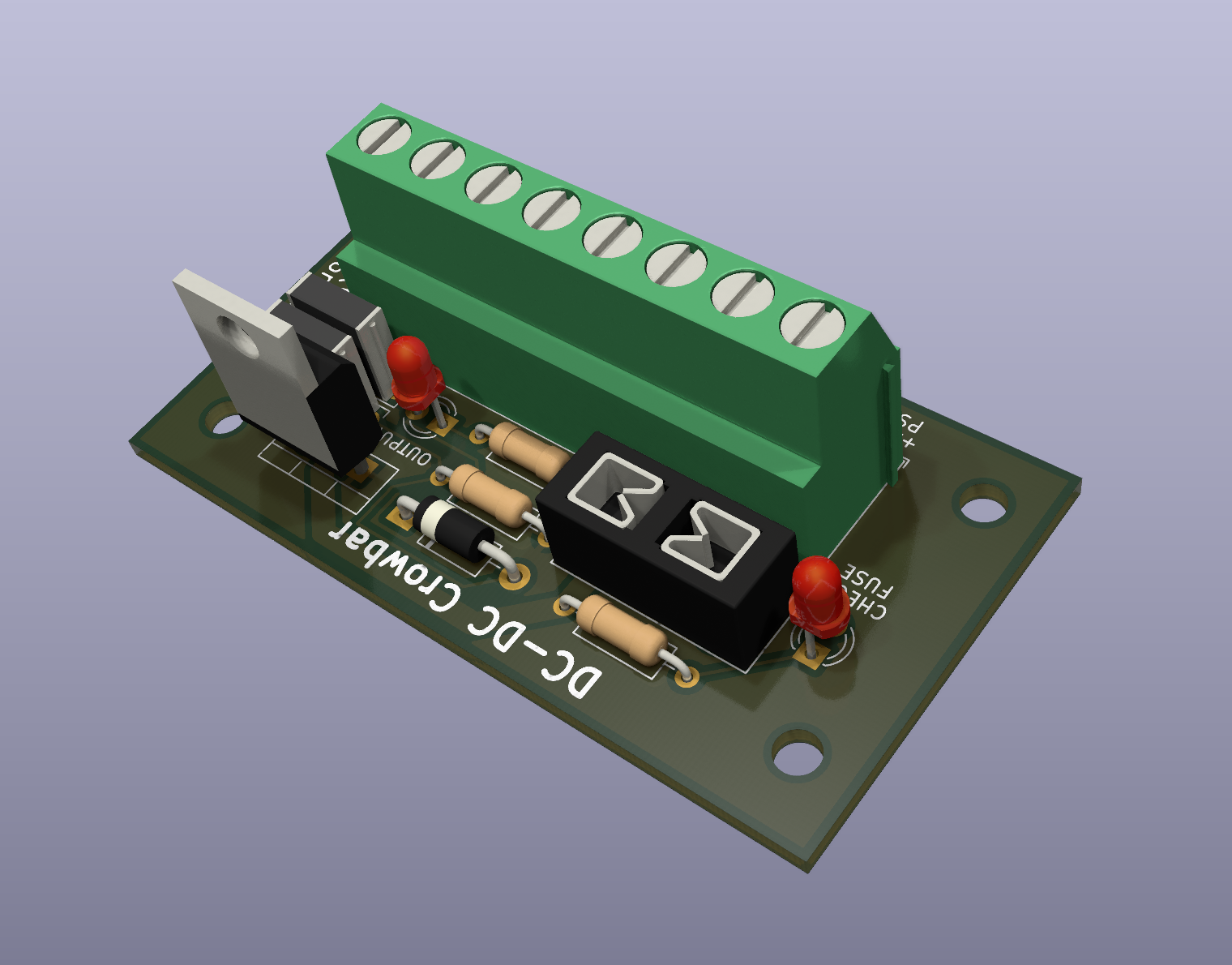stumbled over this while looking for other info on power injection, which opens up some food for thought some people may find very interesting
running higher voltage and stepping down when needed
View: https://youtu.be/taDRe10jQCA
View: https://youtu.be/HJp2X3JVyR4
View: https://youtu.be/9h_mol-f41E
running higher voltage and stepping down when needed
View: https://youtu.be/taDRe10jQCA
View: https://youtu.be/HJp2X3JVyR4
View: https://youtu.be/9h_mol-f41E




